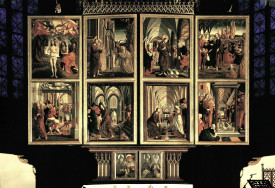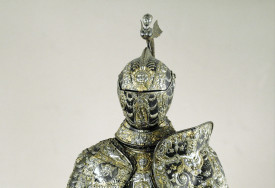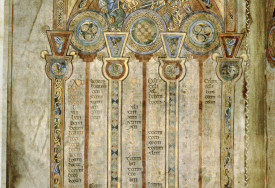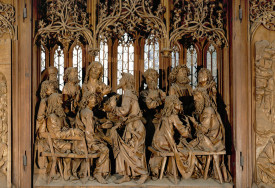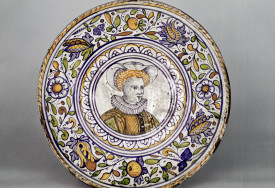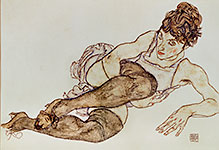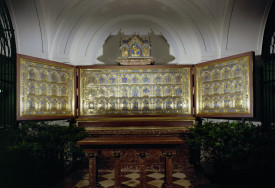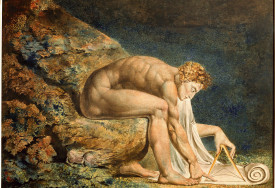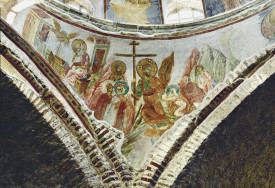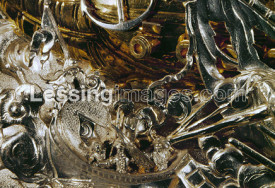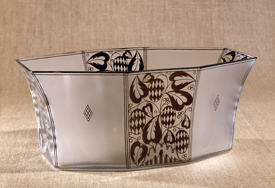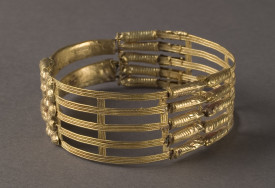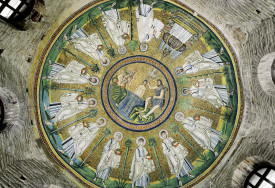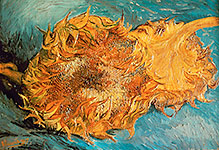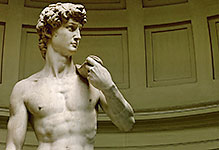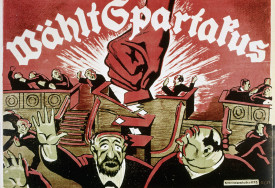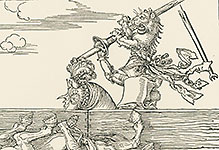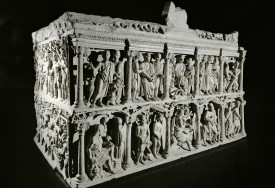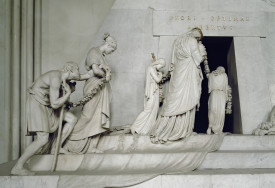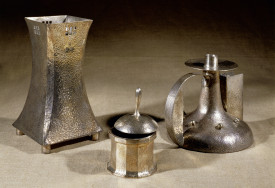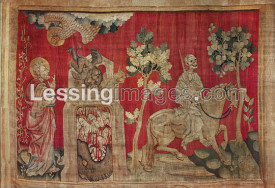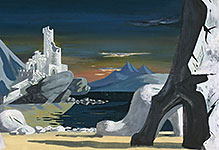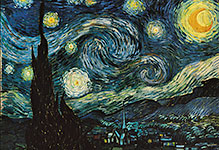
Fine Arts
Painting, Watercolour, Plastic Arts, Woodcuts, Etching, Drawing.

#03060145
Head of a monk, 4th-5th, from Hadda, India. The individualism of the features sh...

#03060146
A European woman riding in a "tonjon" palanquin, 1835. Indian servants carry a t...

#03060151
Avalokiteshvara found in Dunhuang Caves, China; 910 CE. The central figure of A...

#03060153
Painted wooden panel showing riders with bowls into which birds dive, from Danda...

#03060155
Vaishravana riding across the waters, Five Dynasties, mid 10th century. Depicted...

#03060156
Head of Vaishravana, Guardian King of the North. He is the most frequently repre...

#03060158
Avalokiteshvara as Guide of Souls, early 10th CE. He is identified by the figure...

#03060227
A scene from the legend of Gazi, riding a tiger. One of the 57 registers of a sc...

#03060257
Lord Clive receives the grant of a sum of money for injured officers and soldier...

#03060258
The breakfast, 1842. A husband and wife sit at the breakfast table attended by I...

#03060259
The durbar of December 1845; the Maharaja Dalip Singh is seated on a chair holdi...

#03060270
Spring and Summer flowers and grasses, Edo period, Japan, around 1840. Showing a...
